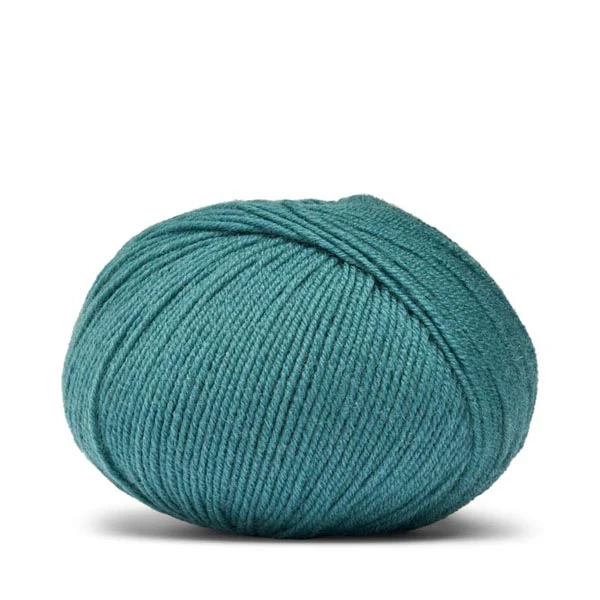Updated Merino Wool Base Layer Site
Wiki Article
What Makes Yak Merino's Base Layer So Effective In Winter Sports Clothing?
Yak merino wool base layer excel in winter sports clothes due to a combination of factors that increase warmth, temperature control, moisture management, durability, and comfort. Warmth and Temperature Regulation-
Insulating Properties - Both yak and merino wool are naturally insulation properties. Yak fibers are hollow and hold in air to create warmth. Merino wool is another one that's known for its ability to insulate.
regulates body temperature- The combined fabric helps regulate body temperature by trapping warmth in cold temperatures and allowing for breathability to prevent excessive heat during intense activity.
Moisture Management-
Merino Wool's moisture wicking properties draw moisture from your skin and disperse, stopping sweat. Yak fibers can also transport moisture to keep the wearer dry and cool during intense physical activity.
Comfort-
Softness: Merino wool is soft fine fibers. They are supple and do not cause skin irritation. The combination of soft fibers from yak, also known as merino wool, enhances the comfort.
Odor Resistance - Both kinds of Wool have natural antimicrobial properties that reduce the spread and growth of bacteria causing odors. This helps keep the clothing fresh.
Durability-
Strength and Resilience Yak wool is innately robust, and when paired with the strength of Merino wool, the material will become strong and resistant to wear and tear, which makes it ideal for demanding activities.
Natural Fiber Benefits-
Renewability: Yak and Merino are both biodegradable and renewable fibers. They are therefore green.
The wool's natural properties permit wool to adjust to varying conditions in the weather, and they are effective in dry and moist conditions.
Combining the best features of the yak and merino wool produces a fabric with exceptional warmth and durability. It also regulates temperature, controls humidity, provides comfort and is durable. The yak-merino blend base layer is ideal for winter sports clothing. It can be used for outdoor activities in colder climates. It also keeps the wearer dry and comfortable. Have a look at the recommended merino wool base layer for website recommendations including merino wool underlayer, smartwool merino 250, smartwool long sleeve shirt, wool thermals, 100 merino wool base layer, merino wool base layer pant, merino wool thermals women's, smartwool 1 4 zip mens, base layer moisture wicking, merino wool long underwear mens and more.

What Are The Benefits Of Wearing Bamboo Clothes As Outdoor Clothing For The Warmth, Comfort And Sustainability?
Sustainable, comfort and security are just three of the numerous benefits bamboo clothing offers for outdoor winter clothing.
The softness of bamboo fabric a soft and silky texture that's comfortable on the skin. It is often compared to cashmere or silk due to its soft and luxurious feel.
Bamboo fibers have moisture wicking properties that draw moisture from the skin making you feel comfortable and dry when you exercise.
Thermal Regulation- Bamboo clothing has natural temperature-regulating properties, providing warmth in winter while remaining breathable to prevent overheating.
Sustainability-
Bamboo is an extremely sustainable resource. It grows rapidly without chemical fertilisers or pesticides. It regenerates rapidly, making it an environmentally sustainable option for clothing materials.
Low Environmental Impact- Bamboo cultivation typically requires less water compared to conventional cotton farming and doesn't reduce soil nutrients. Bamboo also releases more air and absorbs more carbon dioxide than other crops.
Protection for Outdoor Wear-
UV Protection- Bamboo fabric offers natural protection against harmful UV rays.
Bamboo is antibacterial and has antimicrobial properties. Bamboo contains "bamboo Kun," a natural agent that blocks the growth of bacteria that are responsible for smells. This makes clothing fresher longer, especially when used outdoors.
Other Benefits
Bamboo fibres are tough and durable. They are ideal for outdoor clothing that is subjected to rough use.
Biodegradability. Bamboo clothes are biodegradable. They can decay naturally when they reach the end of life, reducing their environmental impact.
Bamboo fabric in outdoor winter clothes gives you a mix of comfort and thermal regulation (regulating the body's temperature), the management of moisture and sustainability. This makes it a popular choice for environmentally friendly clothing. Check out the top bamboo clothings advice for blog advice including bamboo yoga clothing, lisa frank bamboo pajamas, bamboo shirt, bamboo bed clothes, bamboo button down shirts, bamboo fitness clothing, bamboo ladies pants, bamboo clothing for women, bamboo brand jeans, bamboo baby clothes and more.

What Is The Way That Bamboo And Merino Clothing Compare With Wool In Terms Of Texture, Warmth And Absorption?
Texture is the most important aspect to take into account when comparing merino clothing with traditional wool and bamboo clothing.
Merino Wool Merino Wool has smaller fibers, and is more supple than wool that is more traditional. It is considered to be more relaxing.
Bamboo Clothing Bamboo clothing is smooth and silky. It is often compared to luxury materials like cashmere or silk. It is soft and gentle feel, offering an enjoyable wearing experience.
Traditional Wool - The texture can vary. Certain types of wool can feel rougher or more prone to cause irritation or itching compared with bamboo and merino clothing.
Warmth-
Merino Wool- Merino wool is extremely warm because of its insulation properties. It is a good insulation in cold temperatures and can retain warmth even when it is damp.
Bamboo Clothing provides warmth, although it does not provide the same amount of insulation as wool. It regulates the body's temperature and can be comfortable in all kinds of conditions.
Traditional Wool: Much like merino merino provides warmth, insulation, and comfort. It can, however, appear heavier or bulkier when in comparison to bamboo or merino clothing.
Moisture Absorption-
Merino Wool Merino Wool Merino Wool is a great moisture-wicking qualities, allowing moisture to drain away from your skin to evaporate. Even when it is damp it stays warm.
Bamboo Clothing - Bamboo fabric also has moisture-wicking capabilities which draw away moisture from the skin and offering ease during physical activities. It regulates moisture and keeps the wearer dry.
Traditional Wool: While wool can absorb moister but it doesn't have the same moisture-wicking property as bamboo or merino fabrics. Wool can be dry and heavy when wet.
In the end, merino Wool is renowned for its softness, warmth and effective moisture-wicking properties. Bamboo clothing provides a silky and smooth texture, adequate warmth, and great moisture regulation. Traditional wool can vary in texture and may offer warmth and moisture absorption however, it can feel coarser or heavier in comparison to bamboo or merino clothes. Each type of material has distinct properties to meet the different needs in clothes. Take a look at the top rated merino winter clothing for website info including merino wool base layers, merino wool underlayer, terramar merino woolskins, merino wool base layer mens, ski underwear, wool underlayer, merino wool layers, ice breaker thermals, smartwool merino 250 base layer, skiing mid layers and more.
